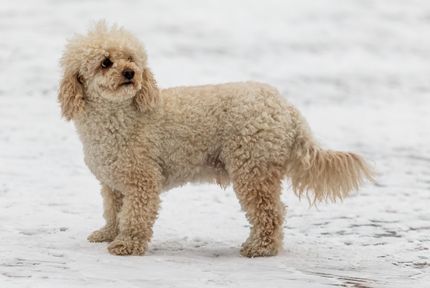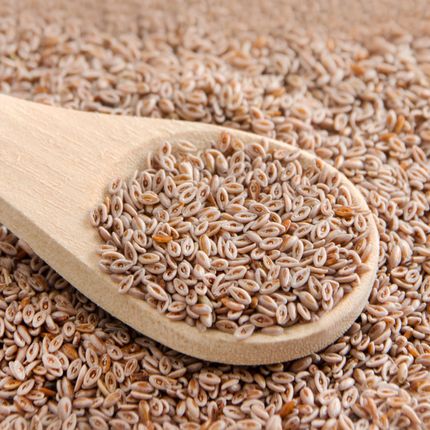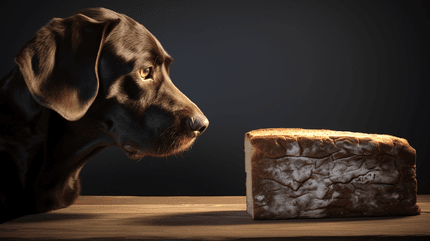Facts & Origin
Scotchi - Great mix of Scottish Terrier and Chihuahua
The Scotchi, also known as Scottish Terrier and Chihuahua mix, is a fascinating blend of two different dog breeds. As such, it is a designer dog breed created by crossing a Scottish Terrier and a Chihuahua . Since it is a mix, there is no specific origin or history that can be attributed solely to the Scotchi. However, it is likely that this mix has emerged in recent decades as designer dog breeds have gained popularity.
Suitability and Use
The Scotchi is a versatile companion dog that adapts well to a variety of living conditions. Due to his small size, he is well suited to living in apartments or small houses. He is often energetic, playful and loves to spend time with his owners. The Scotchi can also be a good choice for families , but children should be respectful and careful when interacting with the dog.
| Alternate Name | Scott Chi tartan hound |
| Origin | Mexico - Scotland |
| Life expectancy | 10 - 20 years |
| Care requirements | low-maintenance - high-maintenance |
| Activity level | low - average |
| FCI group | not recognised |
| AKC group | not recognised |
| KC group | not recognised |
More Chihuahua mixes
More Scottish terrier mixes
Attitude, character and temperament of the breed
Possible character traits of the Scotchi
The Scotchi can have several character traits that are influenced by the parent breeds. He is often bold, energetic and playful. Because of the terrier influence, he may also have some determination and hunting instincts. The Chihuahua component may contribute to his lively and playful nature. The Scotchi is often loyal, affectionate and enjoys the company of his owners.
Character
Usage
Care and health maintenance
Because the Scotchi is a mix of breeds, potential health problems can be inherited from both parent breeds. Common health problems to watch out for include joint problems, dental problems, eye problems, and allergies. It is important to have regular veterinary checkups and maintain a healthy diet and adequate exercise to keep the Scotchi healthy.
In terms of grooming, the Scotchi requires different care depending on the coat type. A long coat requires regular brushing to prevent tangles, while a short coat requires less grooming. The ears should be checked regularly for cleanliness and cleaned as needed. It is also important to brush the teeth regularly and trim the claws to ensure the Scotchi's overall health and well-being.
What does this mixed breed look like?
The appearance of a Scotchi can vary, as it has characteristics of both parent breeds. Generally, the Scotchi is a small dog with a compact stature. The coat can have different lengths and textures, depending on whether it more closely resembles the Scottish Terrier or the Chihuahua. The colors of the coat can also vary and range from black, brown to different color combinations.
Known Diseases
Eye diseases
Often occur with allergies and intolerances.
Hypoglycemia
If an insulin dose was overdosed or accidentally administered twice, the dog may experience hypoglycemia.
Tartar
If dogs don't get a good food or sugary food, tartar can quickly appear.
Eye infections
Chronic eye infections can be very painful in dogs and can be treated with medication. In rare cases, the cornea must be treated.
Cancer
May be common in older dogs.
FAQ
-
A Scotchis is a mixed breed of Scottish Terrier and Chihuahua, also known as a Scotch hound, Chi-Scot or Scott Chi.
-
A Scotchi typically reaches a size of 8 to 15 inches (20.3 cm - 38.1 cm) and weighs about 5 to 15 pounds (2.3 kg - 6.8 kg).
-
Scotchis usually have black, white, gray and brown shades.
-
Scottish Terriers and Chihuahua mixes need a moderate amount of exercise and should be walked regularly to keep their bodies in good condition. They also need to be mentally stimulated with regular training sessions and interactions.
-
A Scottish Terrier and Chihuahua mix requires regular grooming, including regular coat grooming, brushing, fingernail trimming and regular ear cleaning. He should also go for a routine veterinary checkup every 3 to 4 months.





















